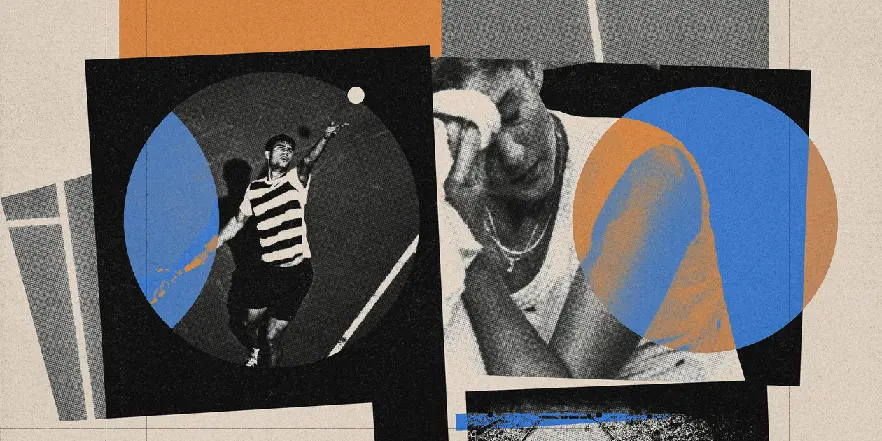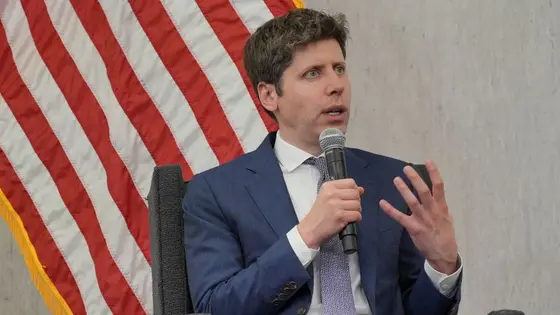T4K3.news
Stalking in Tennis Highlights a Safety Crisis
An editorial look at how parasocial pressure and security shape tennis from the Seles era to today

An editorial look at how parasocial pressure and security shape tennis from the Seles era to today
Stalking in Tennis Highlights a Safety Crisis
Tennis has a long history of fixated fans turning intrusive or violent. The most infamous case is the 1993 Hamburg stabbing of Monica Seles, an incident that reshaped how tournaments guard players and how fans understand access. Decades on, stars such as Emma Raducanu and Iga Swiatek have faced new forms of attention that cross lines, from stalking letters to encounters at practice spaces. The sport's blend of high visibility, frequent public appearances, and close proximity to fans makes this a persistent risk, even as fame expands.
Security teams have expanded in response. The sport now uses dedicated safeguarding roles, threat monitoring, and more intensive protections at major events. Yet resources vary by tournament, leaving smaller events more exposed. That openness with fans helps build a loyal following, but it can blur boundaries between admiration and fixation.
Key Takeaways
"Look, if you don’t feel safe, you can’t perform to the best of your ability."
Pam Shriver on how safety affects performance after the Seles incident
"What happened with Monica was so tragic and devastating that it forced change."
Shriver describing the incident's impact on policy
"There are some situations that I felt weird, let’s say."
Jiří Lehečka about uncomfortable fan incidents
"in England it’s pretty difficult for me to go out and about. Sometimes I’ve had neck pain from looking at the floor so much with a cap on."
Emma Raducanu describing impact on daily life
Editorial take: Tennis reveals how parasocial bonds operate in a high frequency, highly public sport. When fans feel they know a player personally, boundaries shrink and security must work harder without erasing the thrill of live attendance.
Policy shifts show progress: safeguarding roles and cross sport threat matrices move from reactive to preventive. The challenge remains funding and consistent protection across events while protecting players' privacy and the sport's welcoming culture. As long as fame fuels tennis, security must be built in, not bolted on after incidents.
Highlights
- Fandom can turn into a shadow that follows you home
- Security is the new baseline for big events
- Visibility should not come with fear
- Protection must keep pace with a sport that thrives on access
Safety risks around elite tennis and parasocial relationships
Stalking and harassment of top players raise questions about privacy, policing, and the funding of on site protection. The uneven security resources across tournaments can leave players exposed and fuel a broader debate about tolerance for risk in a sport that values accessibility.
The sport will grow safer if protection keeps pace with its openness.
Enjoyed this? Let your friends know!
Related News

Investigation reveals failures in inmate welfare at HMP Risley

BoE governor warns against weakening banking rules

Heat tests players at Cincinnati Open

Man drowns during English Channel crossing

Man sentenced for stalking WNBA star Caitlin Clark

Michael Lewis sentenced for stalking Caitlin Clark

Guacamole contamination sickens festival attendees

OpenAI CEO warns about AI fraud crisis
